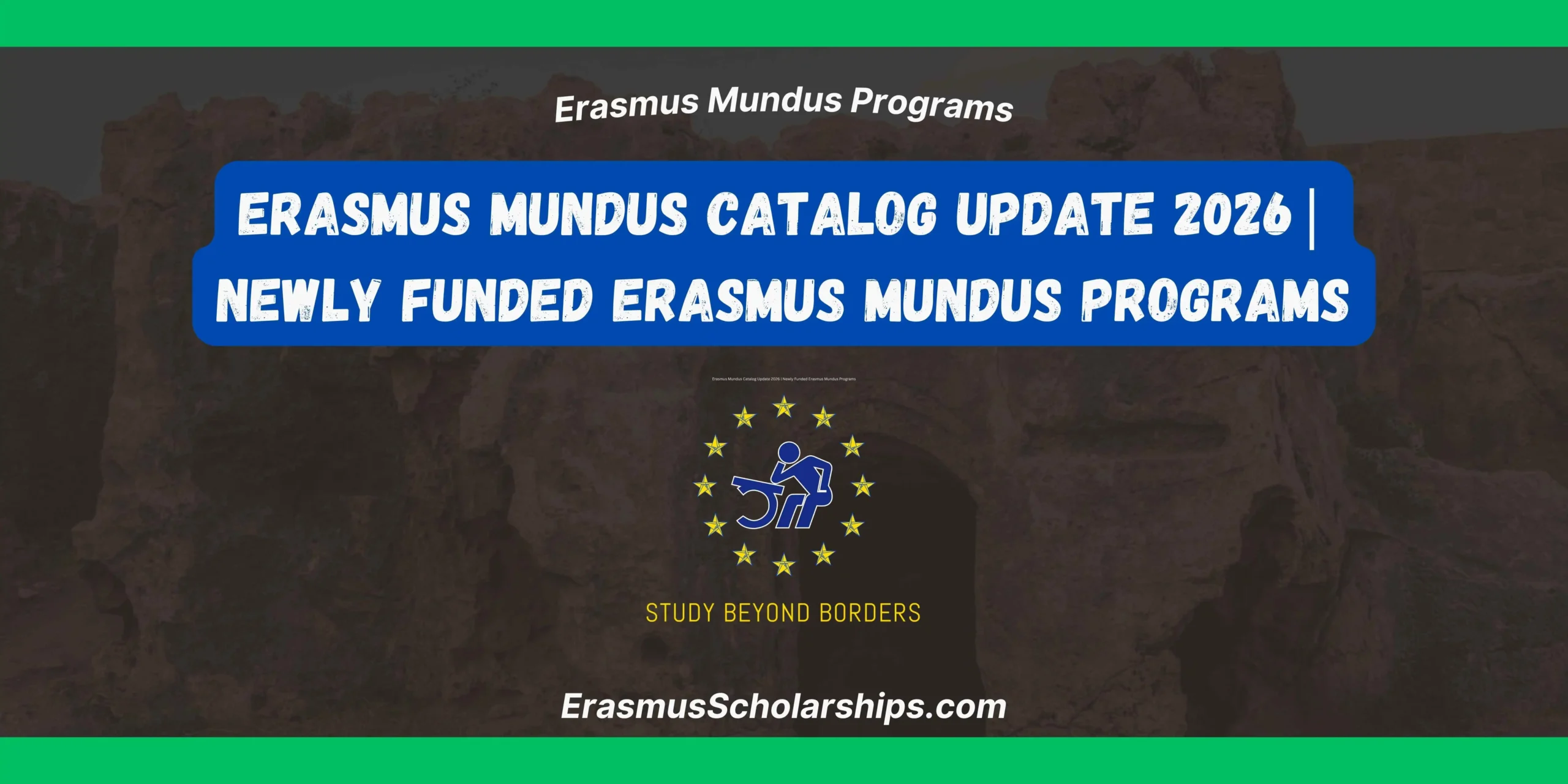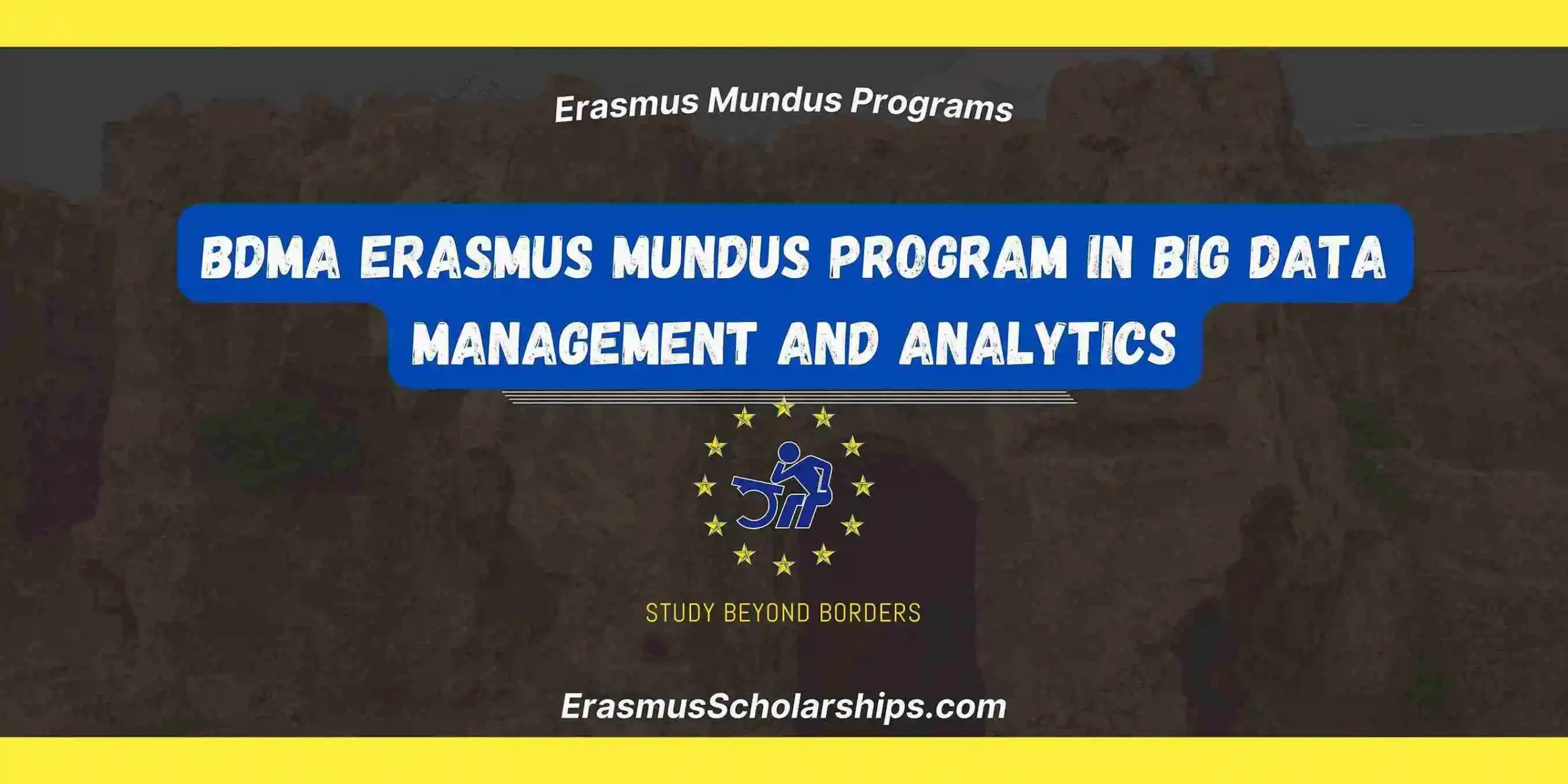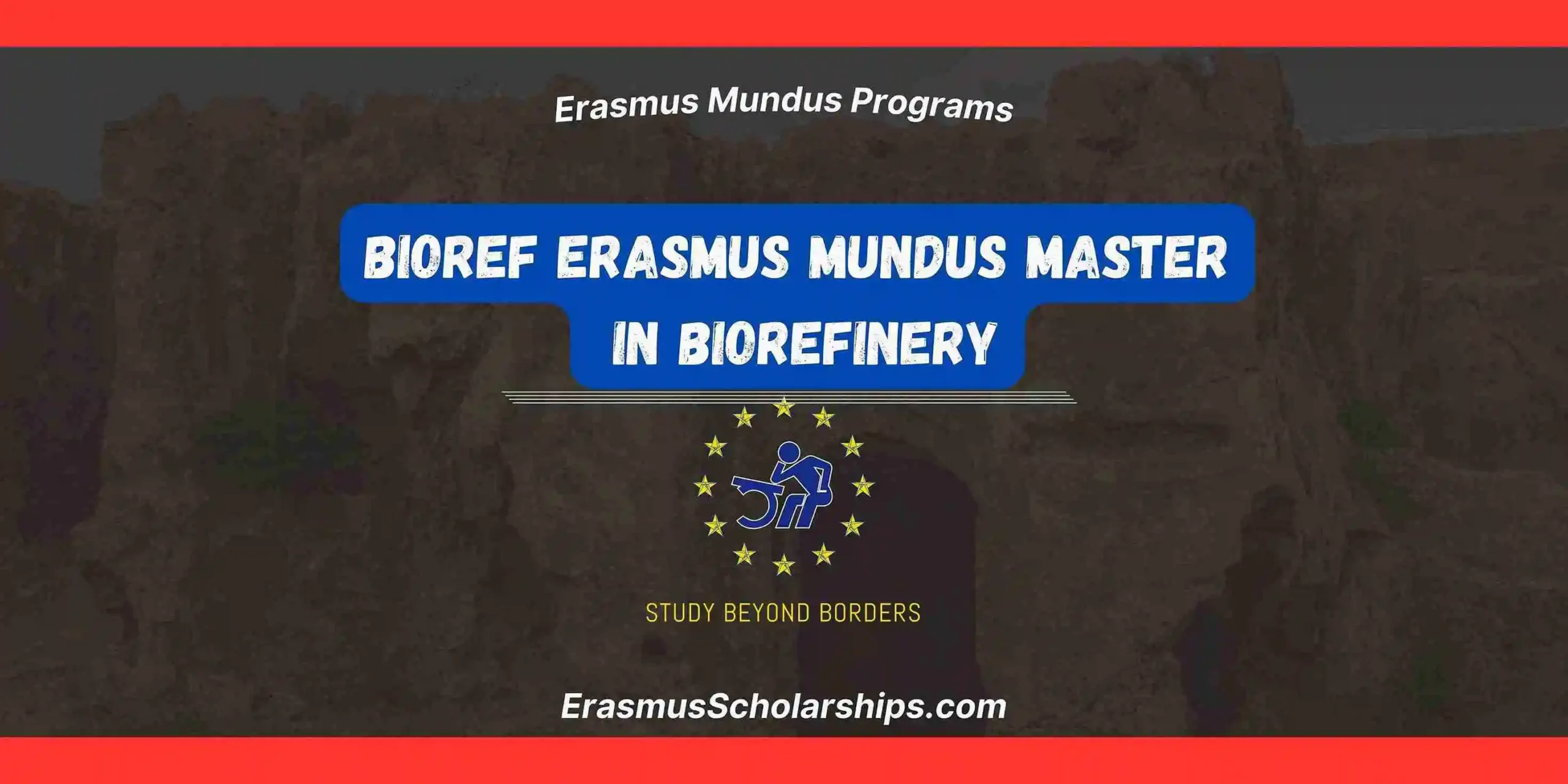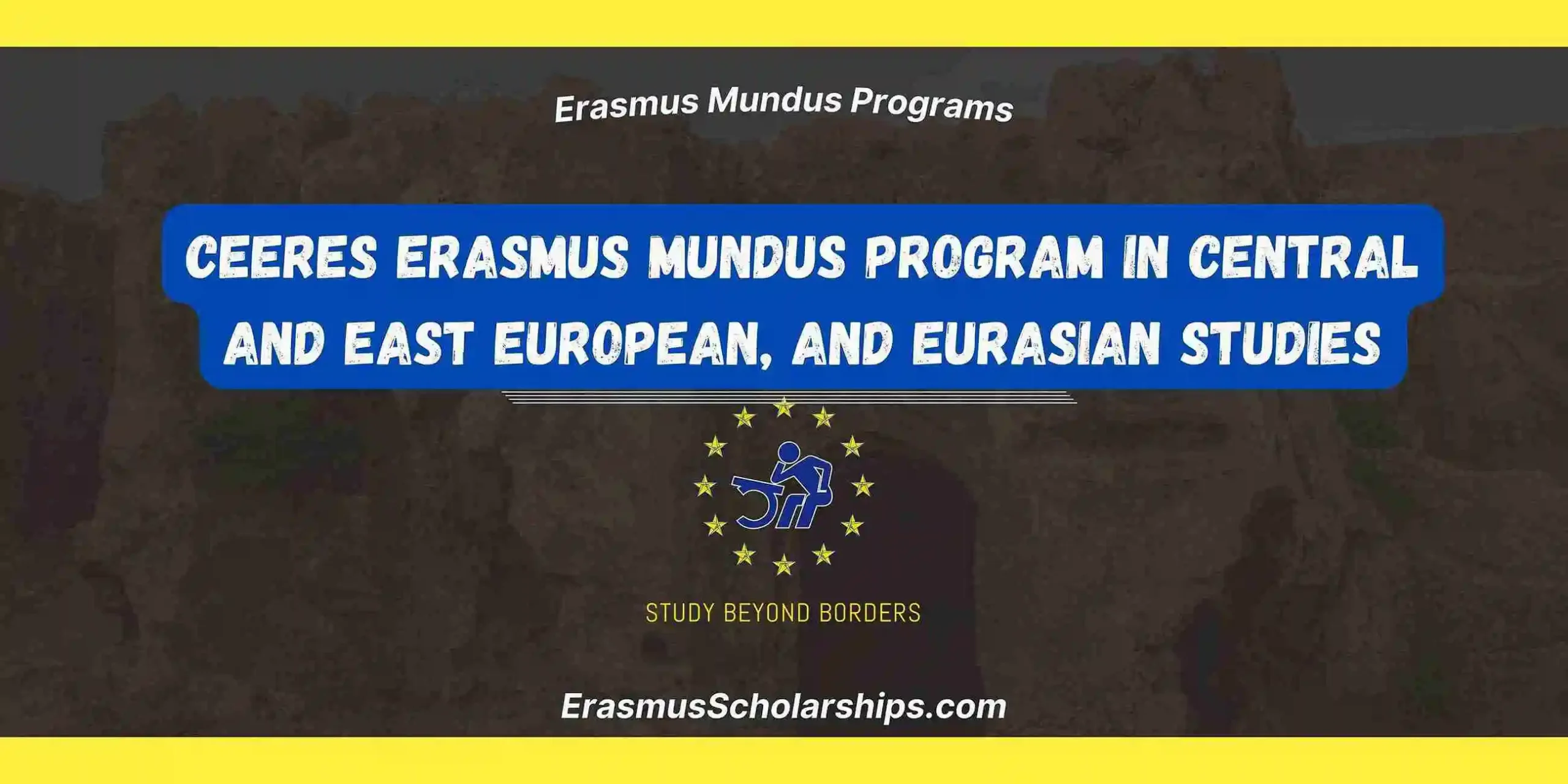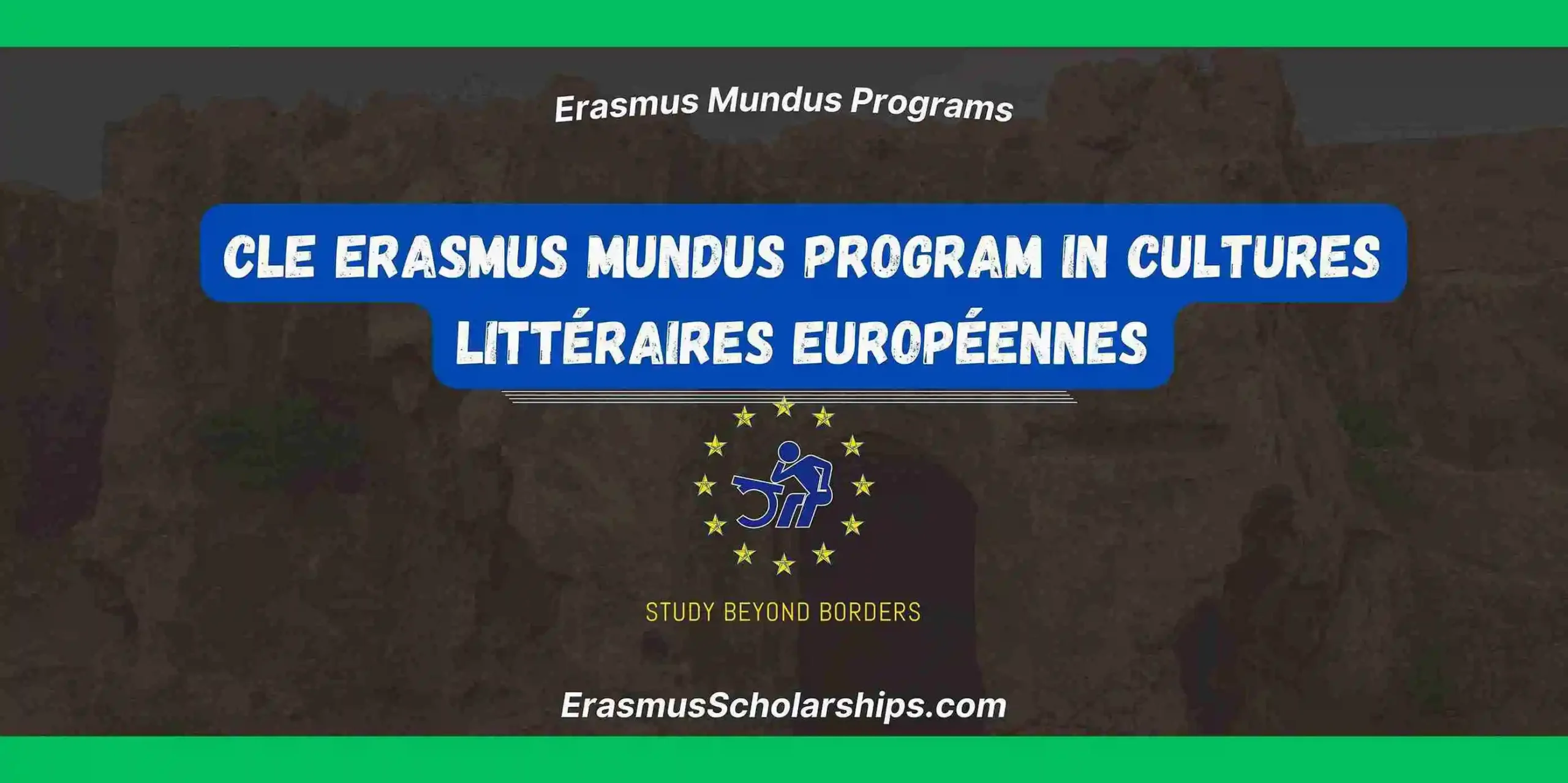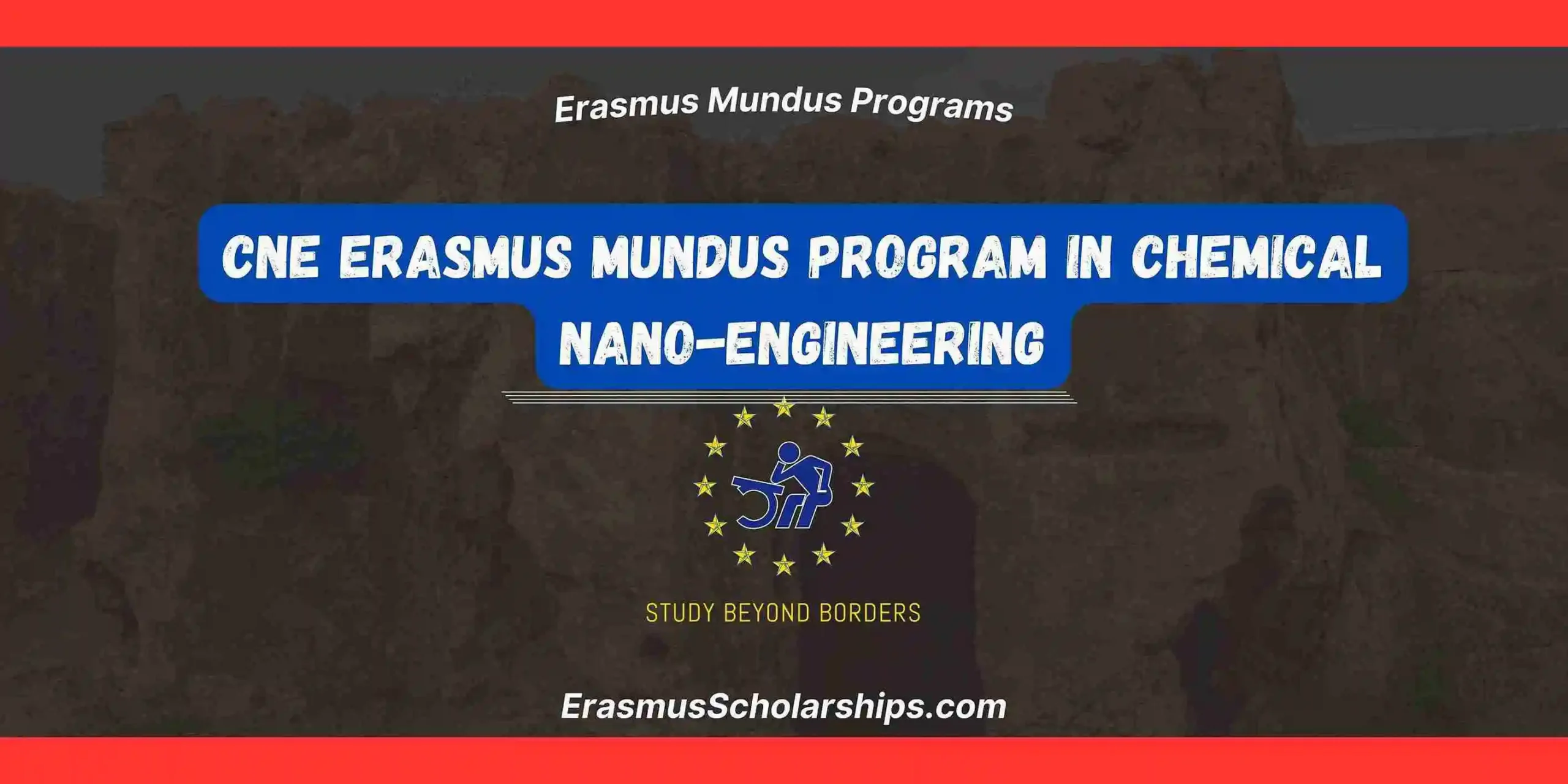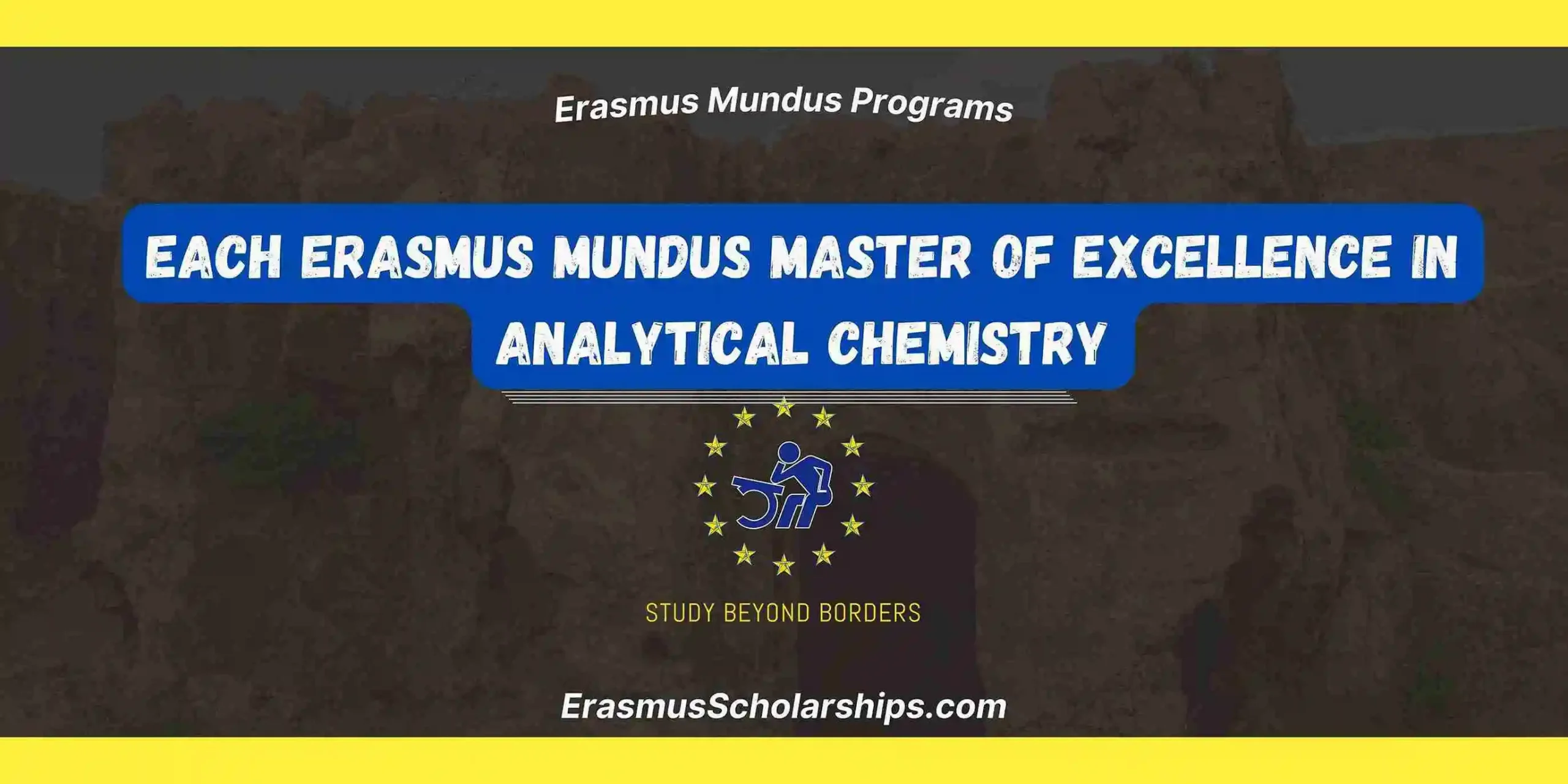The NucPhys Erasmus Mundus is a prestigious two-year joint Master’s degree program in Nuclear Physics (120 ECTS) offered under the Erasmus Mundus framework. Established in 2017–2018, it has seen multiple intakes, with the most recent Erasmus Mundus intake running from 2023 to 2025. From 2024–2026 (8th intake) onward, the program continues as a Joint European Master Degree, though without the participation of Universidad Autónoma de Madrid. The consortium now spans seven partner universities across Spain, France, and Italy, also featuring around 30 associated research institutions and companies worldwide.
This program provides a robust and comprehensive education in Nuclear Physics encompassing theory, experimental methods, and applications with a strong international dimension. Students spend at least one semester in each participating country, engage in internships, access cutting-edge facilities, and are awarded a joint degree along with a Diploma Supplement, all taught in English with optional language classes in host-country languages.
Project Status
- Status: Ongoing
- Start date 01-01-2020
- End date 31-12-2025
- Action Type: Erasmus Mundus Joint Master
- Universities Involved
- Countries Involved
The NucPhys Erasmus Mundus program is offered by three leading European universities.
| University of Seville |
| Universidad Autónoma de Madrid |
| Universidad Complutense de Madrid |
| Università di Catania |
| Université Caen Normandie |
| Spain |
| Italy |
| France |
This cross-border collaboration allows students to gain an international perspective while studying and researching in the heart of Europe’s academic and industrial hubs.
Description of the NucPhys Erasmus Mundus Program
The NucPhys Erasmus Mundus is an intensive, internationally driven two-year Master’s program that immerses students in all facets of nuclear physics—including structure, reactions, astrophysics, instrumentation, and applications in healthcare and industry. With its modular setup and mobility requirement, students progress through core fundamentals before specializing in one of three paths: large-accelerator experiments, theoretical nuclear physics, or applications and small accelerators. The program incorporates workshops, lab visits, internships, and a thesis for a complete academic and professional experience.
Key Features of the NucPhys Erasmus Mundus Program
- 120 ECTS over two years, with joint degree and Diploma Supplement
- Mandatory mobility: at least one semester per participant country
- Three specialization tracks: experimental, theoretical, and applications
- Language support in host-country languages
- Strong partnership ecosystem with universities and world-class institutions like CERN
- Internship opportunities and access to top-tier lab facilities
- Targeted for students aiming for advanced research or industry careers.
Mobility Tracks of the NucPhys Erasmus Mundus Program
Students rotate between at least three countries during the program, Spain, France, and Italy depending on their specialization. For example:
- Semester 1: Introductory core modules in one country
- Semesters 2–3: Specialized path modules across different countries (experimental, theoretical, or applications)
- Semester 4: Master’s Thesis, often undertaken with associated partners or in research facilities.
Admission Requirements
Applicants must provide:
- Completed application form
- Passport or ID copy
- CV
- Photograph
- Bachelor’s degree or certification of expected graduation
- Academic transcripts and list of grades
- English proficiency: e.g., TOEFL ≥78, IELTS ≥6.0 (with ≥5.7 each), or Cambridge FCE B2 ≥72. (Exemptions apply for certain English-speaking countries.)
- Motivation letter
- Letter of commitment
- Two recommendation letters (signed and stamped), sent to
How to Apply for NucPhys Erasmus Mundus Program
- Visit the NucPhys application portal and download the form.
- Prepare all required documents (see above).
- Upload everything through the official website, all fields marked as mandatory must be complete.
- Ensure recommendation letters are signed, stamped, and submitted correctly.
- Submit by the deadline
Tips to Win the NucPhys Erasmus Mundus Program
- Present a stellar academic record and relevant background in nuclear physics.
- Tailor your CV to highlight relevant projects, research, or internships.
- Write a compelling motivation letter showing passion, clarity, and career alignment.
- Secure strong, personalized reference letters.
- Prepare thoroughly for the videoconference interview, it’s heavily weighted (~50%) in selection.
- Show openness to mobility and international collaboration, NucPhys thrives on diversity.
Application Timeline
- Opens: November
- Deadline: January
- Enroll: Starting September following selection
Curriculum Structure of the NucPhys Erasmus Mundus Program
- Year 1 (Semesters 1–2): Introductory week and core foundational modules in nuclear structure, reactions, instrumentation, astrophysics, applications.
- Year 2 (Semesters 3–4): Specialized modules in the chosen track, research lab exposure, internship, and thesis work. Visits to research facilities and guest lectures enrich learning.
Coordinator Contact
- Inquiries about scholarships and selection: nucphysselection@us.es
Alumni Feedback
Nuclear Physics have a promising future due to the state of the art of the new accelerators and its applications in such different fields like medicine. Due to the collaboration of a great number of European Institutes and industries you can ave a valuable first-hand expereince with different cutting edge facilities, both during your internship and your master thesis
~Andrea Espinosa
Frequently Asked Questions (FAQs)
What is the NucPhys Erasmus Mundus Program?
The NucPhys Erasmus Mundus Program is a two-year joint Master’s degree in Nuclear Physics, delivered by leading European universities. It combines coursework, mobility across countries, research internships, and a final thesis.
What are the admission requirements for the NucPhys Erasmus Mundus Program?
To apply for the NucPhys Erasmus Mundus Program, applicants need a Bachelor’s degree (or equivalent), transcripts, CV, English proficiency proof, motivation letter, commitment letter, and two recommendation letters.
What are the mobility tracks in the NucPhys Erasmus Mundus Program?
The NucPhys Erasmus Mundus Program requires students to study in at least three different countries, typically Spain, France, and Italy, depending on their specialization track.
How do I apply for the NucPhys Erasmus Mundus Program?
Applications for the NucPhys Erasmus Mundus Program are submitted through the official portal by uploading all required documents, while recommendation letters must be sent directly by referees.
What specializations are offered in the NucPhys Erasmus Mundus Program?
The NucPhys Erasmus Mundus Program offers three tracks: large-accelerator experiments, theoretical nuclear physics, and applications and small accelerators.
What career opportunities does the NucPhys Erasmus Mundus Program provide?
Graduates of the NucPhys Erasmus Mundus Program pursue careers in academia, nuclear research, healthcare, energy industries, and international research centers like CERN.
How can I improve my chances of selection in the NucPhys Erasmus Mundus Program?
To maximize your chances in the NucPhys Erasmus Mundus Program, highlight strong academic performance, craft a tailored motivation letter, secure impactful recommendations, and prepare for the interview.

